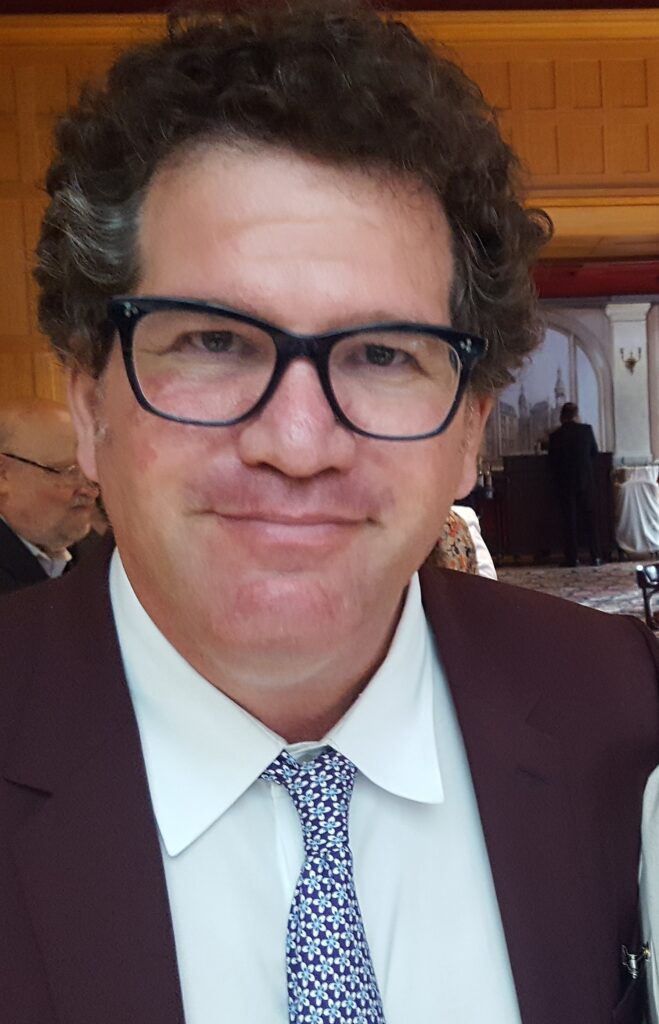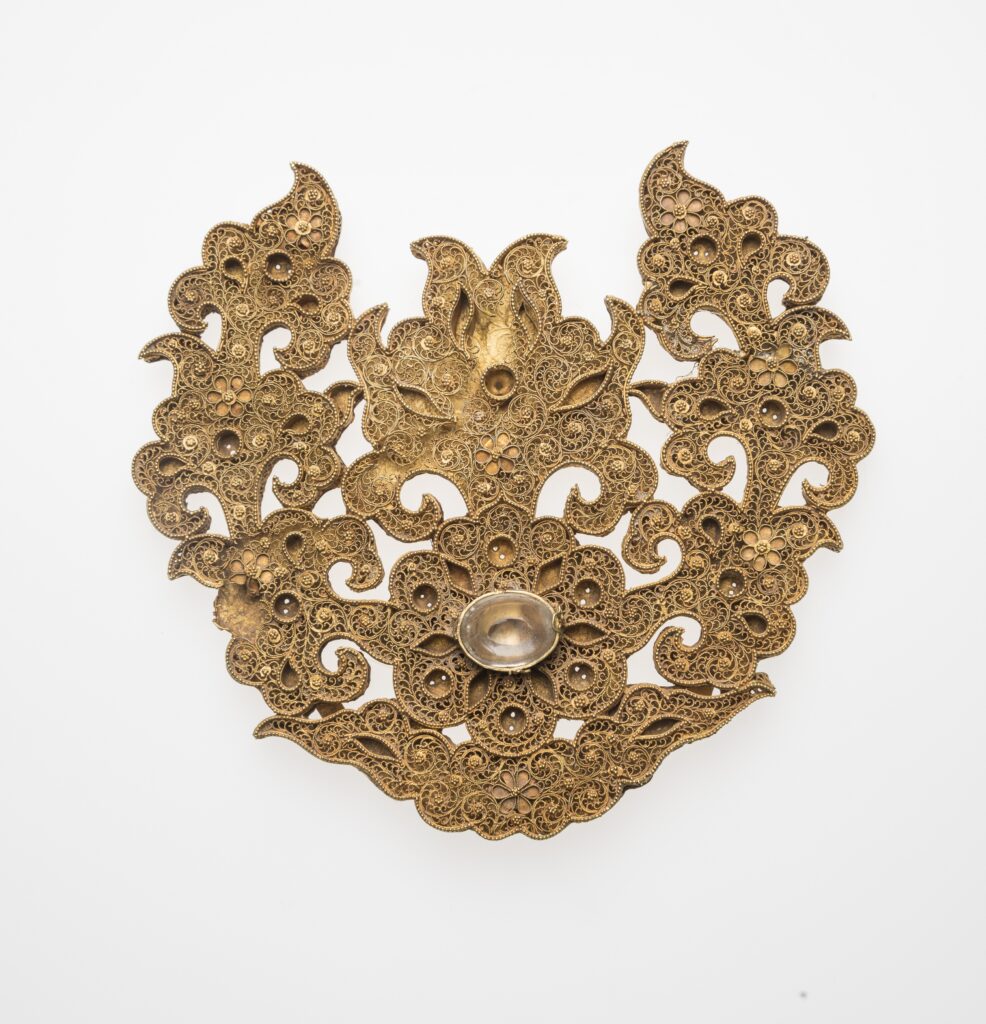
I teach, write and sometimes curate medieval and early modern art and material and visual culture from the greater Mediterranean to Eurasia and the Indian Ocean. I am currently writing a book on art and material culture circulating in the Black Sea region during the Middle Ages. I am the co-founder (together with Caroline Fowler and Princeton University Press) of the book series Art/Work which is set to narrate a new history of art founded in the study of objects, materials, and technology. I also co-edit the journal W86th. My first book, The Bronze Object in the Middle Ages (2016) was awarded the International Center of Medieval Art Book Prize (2017). The catalog accompanying my exhibition, Agents of Faith: Votive Objects in Time and Place (2018) was chosen as one of the New York Time’s best art books (2018) and was Awarded the A+C Book Prize (2019). I was a doctoral fellow at the Kunsthistorisches Institut, MPGI, Florence (2008-2009); a member of the School for Historical Studies, Institute for Advanced Study, Princeton (2012); a Mellon Fellow at the Center for Advanced Study in the Visual Arts, National Gallery, Washington, DC (2019); and a John Simon Guggenheim Fellow (2019)

Art and Frontier
Art and Frontier carefully examines the place of art and material culture in frontier societies by concentrating on a complex moment in the history of European expansion in the Middle Ages when material consumption and production intensified dramatically. The study focuses on the geographical region of Crimea, a peninsula on the northern coast of the Black Sea, during a roughly two-hundred-year period of European exploration and colonization. Art and Frontier simultaneously examines how these processes developed in dialogue with conceptualizations of that very frontier in the minds of scholars and institutions in the heart of Europe. Through a focused look into how art and material culture worked to produce, define, and profess the actual and conceptual space of the frontier, I argue, a new understanding of the center can simultaneously arise. This bifocal look at the construction of a frontier—considering, on the one hand, the actuality of material and artistic production in the peripheral zone and, on the other, the intellectual conceptualization of that frontier in the center of Europe—will allow for new framings of art in the formation of medieval societies in places traditionally overlooked by art historians.